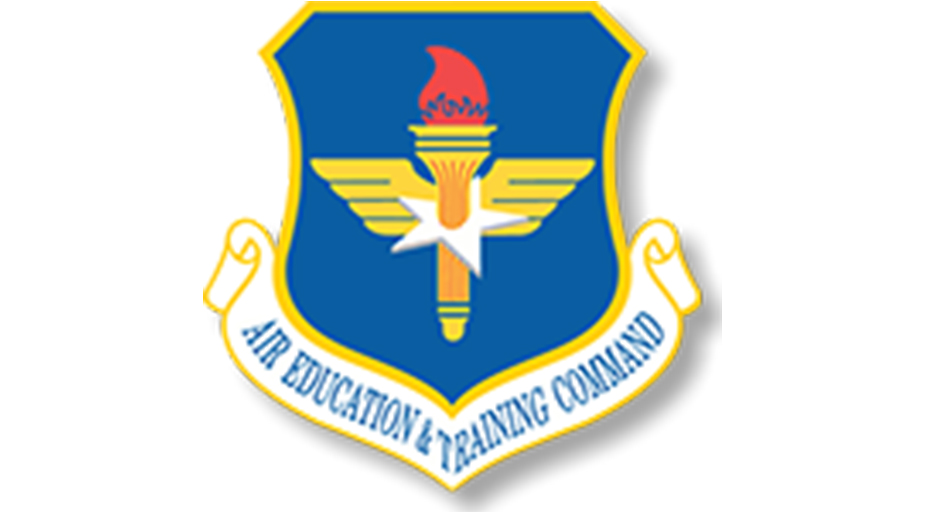SID-TEC creates software programs to meet the specific needs of our customers. Whether it is PLC or HMI or UPC or a motion controller, we have it covered…

Custom-written software should have four separate and essential functions:
1) The programming must make the machine function as is required.
2) The programming must have the correct sequence of operation required.
3) The programming must allow the operator to properly interact with the machine in a predictable and safe manner.
4) The programming must communicate to the service people and allow for quick and accurate trouble shooting to locate and correct problems and or malfunctioning items.
Human/Machine Interface (HMI) Programming:
We match the size of the HMI to the quantity of machine control functionality required by the operator to predictably control the machine. This includes all buttons and switches as well as any indications that may be required such as motor or machine speeds and motor currents.
The machine set-up functions are put into the second screen where they are not needed during the standard operation of the machine.
HMI’s with PLC (Programmable Logic Controller) interaction provide a great additional tool for the machine owner that reduces downtime and makes trouble shooting very easy. Where a machine has an extensive E/Stop circuit and machine Safety String, these items are programmed to show up on the screen when they are active, letting the operator and maintenance people alike know which function is preventing the machine from operating. This is done in the form of a warning label with a description.
We also use the fault log functions available with most HMI operating systems so that we can evaluate what is causing the problematic reoccurring faults when more extensive trouble shooting is required.
Programmable Logic Controller (PLC) Programming:

Most PLC manufacturers have an interactive program or operating system that allows us to write the code based on a visual representation, which makes life a lot easier than using Boolean Algebra as was required in the early days. However, we have found that programmers are not always comprehensive and don’t make the program understandable for others after the fact, or in some instances they are just mean and destroy the designation files which leave only the machine designations behind with the code. Trying to trace out machine problems in this manner is very time consuming when there is a lot of remote I/O (Input and Output) because the numbers don’t always tell you which set you are working on. Yes, if you know what you are doing you can recreate the PLC map and arrive at the numbers you need eventually, but when we program, we always make sure that your software will be usable and easily configurable in years to come.
The Engineers at SID-TEC write their code so that it is complete and is easy to follow by others later, the highlight bubble at right shows the 4 levels of information attached to each programming part.
1) The function description. (GUARD DOOR NUMBER 2)
2) Control circuit input. (THIS IS AN INPUT)
3) Wire # 904. (ON PAGE 9 OF THE SCHEMATICS) See panel building section.
4) GRD DR2 IP. (Short form name)
5) X25. (Machine code number)

Other Forms of Programming:
Open architecture flow forms of programming and Basic or
Basic++ allow for more to be done within the processor or type of controller. Flow Forms handle 10, 12 and 16 bit data much better and more efficiently than a PLC, and Motion Controller handles position instructions and large value count numbers much better than both of the other two.
At the end of the day, the code that is created must not only communicate to the machine it is controlling but also to other people who will be looking after the machine at a later date, who will need to be able to read and understand what was done in the first place.



















